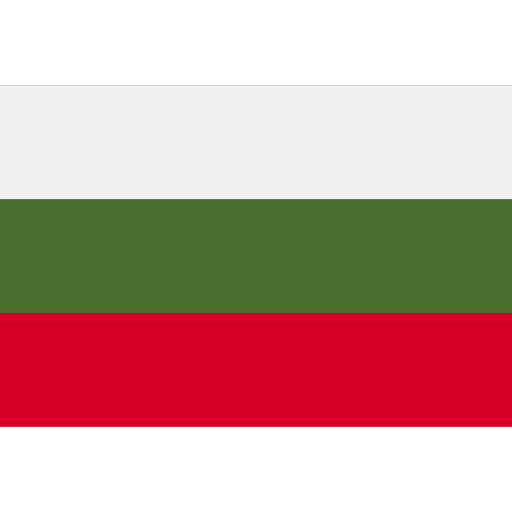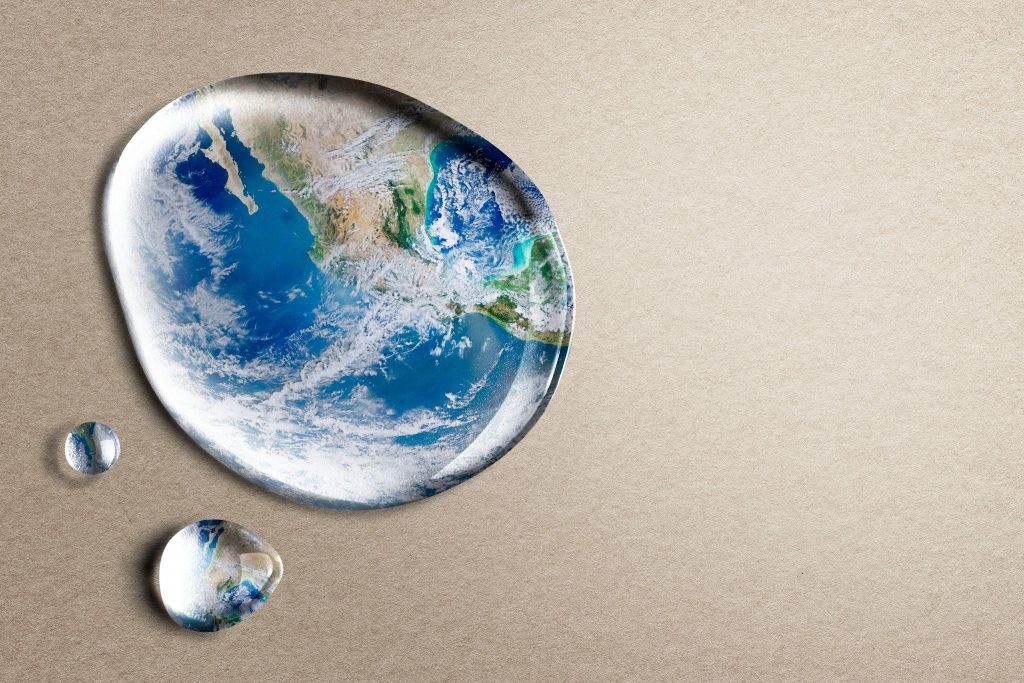Ensuring an adequate supply of clean water despite the damage caused by climate change is one of the world’s most important challenges. Billions of people live without safe drinking water and sanitation, and severe tropical storms, drought, and the depletion of rivers and aquifers have forced many to move to cities or cross international borders in ways that affect domestic politics. Livelihoods in rural areas often depend on agriculture, which accounts for roughly three-quarters of global freshwater withdrawals—and pollutes the world’s breadbasket watersheds. Meanwhile, energy producers and heavy industry use significant amounts of water and are a source of pollution. These problems can be solved with better planning, cooperation and regulation and through increased investment, data analysis and innovation.
Initiatives such as World Water Day aim to accelerate action towards the UN’s goal of water-related sustainability. Technological innovation is helping to make progress in providing clean water. Here we describe five areas, from wastewater treatment to seawater desalination.
For a planet almost three-quarters covered in water, it’s incredible how hard we struggle with access to clean water: 771 million people around the world don’t have access to clean water near their homes. And poor sanitation and dirty water continue to kill millions of people every year. Current progress towards UN Sustainable Development Goal (SDG) 6 – clean water and sanitation for all – is significantly off schedule. In doing so, it puts sustainable development goals at greater risk – because this lack of access to safe water is considered one of the biggest risks to societies worldwide.
1. Waste water treatment
80% of the world’s wastewater is discharged/discharged into nature without any treatment. And almost half of the world’s population does not have access to safely managed sewage in their homes. Lack of sanitation is a major cause of disease and death from diseases such as typhoid, cholera, diarrheal diseases and others. In addition, the lack or improper treatment of wastewater damages coastal, marine and river ecosystems.
2. Cleanup of polluted water
The demand for drinking water is growing rapidly. By 2050, there is expected to be a 20-30% increase in water use due to industrial needs, population growth and climate change. However, harmful chemicals, plastics and microorganisms are increasingly polluting our lakes, rivers and oceans.
Agriculture is also one of the biggest sources of water pollution, with fertilizers, animal waste and pesticides washed into water bodies by rain. Waste water, urban sewage and industry are another source of surface water pollution.
3. Desalination of sea water
Desalination is the process by which dissolved mineral salts in seawater are removed to create clean water. It is considered an important potential source of drinking water given the world’s scarcity, but much of the technology used is still under development and/or expensive to use. It is often energy intensive, using a lot of fossil fuels, and that is why more and more companies are relying on photovoltaic technologies. Solar parks make it possible to reduce the carbon footprint of water desalination.
4. Data Monitoring
Technology and data are critical to monitoring and measuring water, from helping to assess its safety to better understanding where we can limit its use.
5. Innovative Water Harvesting Water harvesting is another method of delivering water resources where they are lacking. It relies on collecting and storing water from rain or air. It can be as simple as collecting rainwater that runs off large surfaces, such as roofs, to more technological solutions for arid and semi-arid environments.



